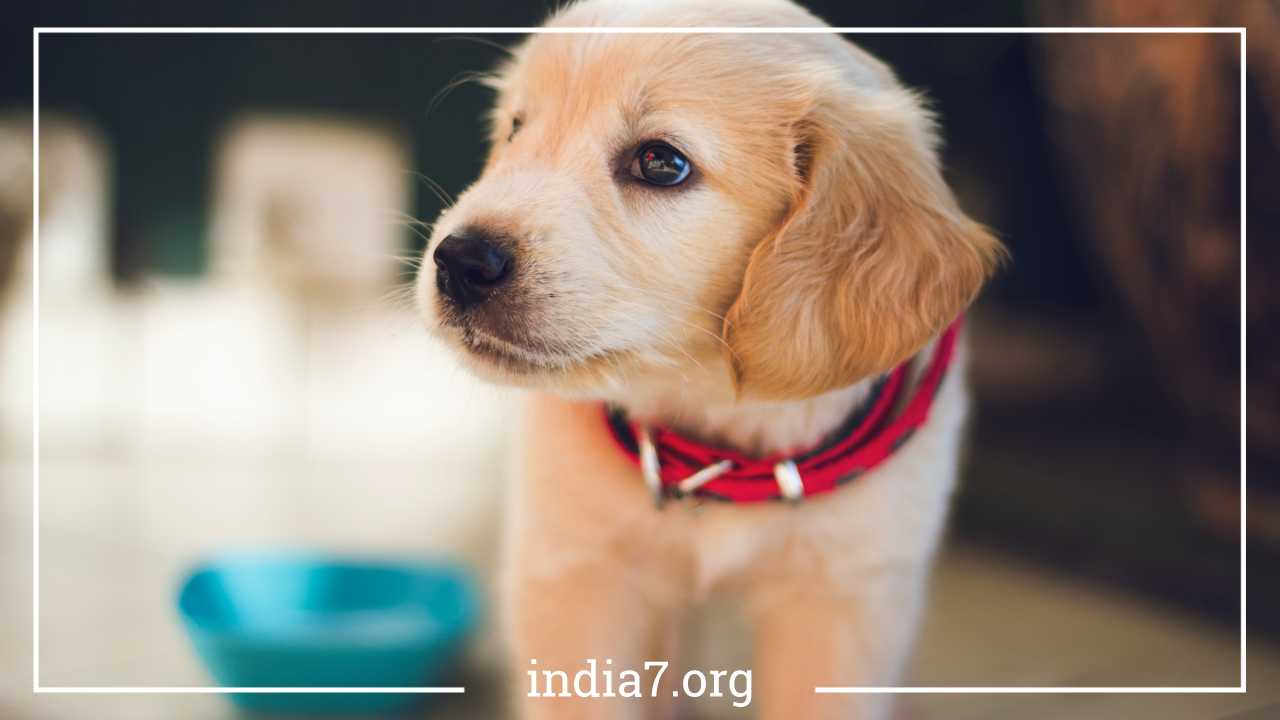Guide to Crate Training Your Golden Retriever: Expert Tips for Success

Crate Training Your Golden Retriever
Golden Retrievers are among the most beloved dog breeds in the world. They are known for their friendly demeanor, intelligence, and affectionate nature. To ensure your Golden Retriever grows up to be a well-behaved and contented companion, it’s essential to provide proper training from an early age. One aspect of training that often confuses dog owners is crate training. In this comprehensive guide, we will explore crate training in depth, dispel common misconceptions, and provide you with a step-by-step approach to crate training your Golden Retriever.
Understanding the Purpose of Crate Training
Before delving into the specifics of crate training, it’s crucial to understand why it’s beneficial for both you and your Golden Retriever. Crate training serves several important purposes:
- Safety and Security: Crates offer a safe and secure space for your dog. Just as wild canines seek out dens for protection, dogs view crates as their den, providing them with a sense of security.
- Housebreaking: Crates can assist in housebreaking your puppy. Dogs naturally avoid soiling their living space, so a properly sized crate can encourage them to hold their bladder until you take them outside.
- Preventing Destructive Behavior: Crates prevent puppies and young dogs from engaging in destructive behavior when you’re unable to supervise them. This protects your belongings and keeps your dog safe.
- Travel Convenience: Crate-trained dogs are often more comfortable and less anxious when traveling in a crate. This is especially useful for trips to the vet, vacations, or other outings.
- Temporary Confinement: There are situations where you may need to confine your dog temporarily, such as when guests are over, or if your dog has a medical condition. Crate training ensures your dog is comfortable during these times.
Now that we understand the importance of crate training, let’s delve into the step-by-step process of crate training your Golden Retriever.
Step 1: Choosing the Right Crate
The first step in crate training is selecting the appropriate crate for your Golden Retriever. Consider the following factors:
- Size: The crate should be large enough for your dog to stand up, turn around, and lie down comfortably. However, it should not be so large that your dog can use one end as a bathroom.
- Material: Crates come in various materials, including wire, plastic, and soft-sided. Wire crates offer good ventilation and visibility, while plastic crates provide a cozier, den-like feel. Choose the one that suits your dog’s needs.
- Portability: If you plan to use the crate for travel, select a crate that is easy to transport and fits comfortably in your vehicle.
Step 2: Introducing Your Golden Retriever to the Crate
Once you have the crate, it’s time to introduce it to your Golden Retriever:
- Initial Placement: Set up the crate in a central but quiet location in your home. Avoid placing it in high-traffic areas.
- Open Door Policy: Keep the crate door open initially. Allow your dog to explore the crate at their own pace. You can entice them by placing treats or toys inside.
- Positive Associations: Whenever your dog enters the crate, offer praise and treats to create positive associations.
- Mealtime in the Crate: To further acclimate your dog to the crate, consider feeding their meals inside the crate. This reinforces the idea that the crate is a pleasant and safe place.
Step 3: Gradual Crate Time
To ensure your Golden Retriever becomes comfortable with the crate, it’s essential to introduce gradual crate time:
- Short Periods: Begin by closing the crate door for short intervals while you’re present. Stay nearby to reassure your dog that they’re not alone.
- Increase Duration: As your dog becomes more at ease with the crate, gradually increase the duration of confinement. Ensure they have water available and a comfortable bed or blanket inside.
- Releasing from the Crate: When it’s time to let your dog out of the crate, do so calmly. Avoid making a fuss or rushing to open the door, as this can create excitement.
Step 4: Crate Training During Absences
Crate training is particularly useful when you need to leave your Golden Retriever alone. Here are some tips for crate training during absences:
- Start Slowly: Begin with short absences and gradually extend the time your dog spends in the crate when you’re not at home.
- Quiet Entry and Exit: When leaving and returning, keep interactions calm and low-key. This helps prevent separation anxiety.
- Engaging Toys: Provide safe and engaging toys to keep your dog occupied during crate time. Puzzle toys or Kong toys filled with treats can be particularly effective.
- Eliminate Anxiety: If your dog shows signs of anxiety or distress when crated, consult with a professional dog trainer or behaviorist for guidance.
Step 5: Avoid Using the Crate for Punishment
One crucial aspect of crate training is to never use the crate as a form of punishment. The crate should always be associated with positive experiences and safety. Using it as a punishment can lead to fear and reluctance to enter the crate.
Step 6: Gradual Independence
As your Golden Retriever becomes more comfortable with the crate, you can gradually allow them more freedom in the house when you’re present. However, continue to use the crate for their safety when you’re not around until you’re confident in their behavior.
Step 7: Troubleshooting Common Issues
While crate training can be relatively smooth, you may encounter some common challenges:
- Whining: Some dogs may whine when initially confined to the crate. Avoid responding immediately; wait for a break in the whining before letting them out.
- Barking: If your dog barks excessively in the crate, address the underlying issue. Ensure their physical and mental needs are met before crating them.
- Accidents: Young puppies may have accidents in the crate. Ensure the crate is appropriately sized, and take your puppy outside frequently for bathroom breaks.
- Resistance: If your dog resists crate training, consider seeking the guidance of a professional dog trainer or behaviorist who specializes in positive reinforcement techniques.
Step 8: Gradual Transition
As your Golden Retriever matures and becomes more reliable in terms of behavior and housebreaking, you can gradually reduce the use of the crate. Some dogs may eventually only use the crate for sleeping at night or during specific situations.
Conclusion
Crate training is a valuable tool in raising a well-adjusted and happy Golden Retriever. It provides numerous benefits, from safety and security to aiding in housebreaking and preventing destructive behavior. Remember that crate training should always be a positive experience, and the crate should never be used as a form of punishment.
By following the steps outlined in this comprehensive guide, you can ensure that your Golden Retriever adapts well to crate training and views the crate as a cozy den rather than a confinement. With patience, consistency, and positive reinforcement, you’ll have a well-trained and contented canine companion by your side.



